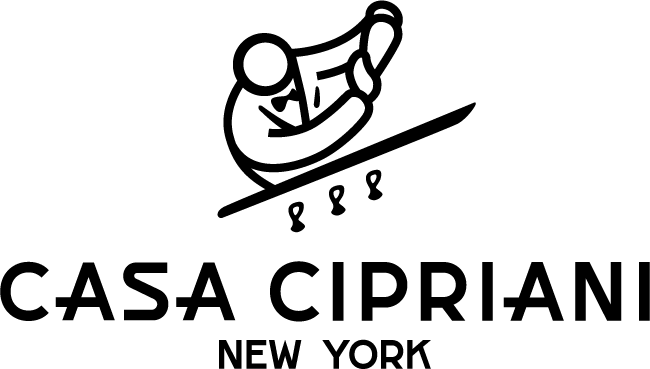30
ACTIONS
ADAPTIVE REUSE
The excellent location in the center of the municipality of Milan allows the occupants of the building to reach it conveniently by public transport, thereby minimizing the pollution caused by the use of cars. Moreover, being a recovered historic building, it is a good example of “adaptive reuse,” which is the practice of converting existing historic buildings for the purpose of reducing sources of pollution from construction activity. Such activities, however small compared to a newly constructed building, have been monitored to control soil erosion and sedimentation action in streams and groundwater. More than 75 percent of waste generated by the construction activity is diverted from the landfill and sent for recycling. The conversion of the original project involves demolition and interior renovation work with changes to the floor plan, rebuilding of the heating, electrical, plumbing and elevator systems, without changing the intended use. All of this activity has been carried out respecting the historic parts of the building.
CARBON NEUTRALITY
Casa Cipriani is committed to an ambitious climate path toward carbon neutrality. The brand has already implemented measures to reduce and contain emissions by resorting to state-of-the-art efficient facilities and installations, such as the use of heat pumps for heating and air-conditioning the properties, the elimination of gas in the facility, and the use of electric-only company vehicles.
Casa Cipriani has chosen to offset its direct and indirect emissions related to energy consumption – 153.13 tons of CO2 equivalent* – through the purchase of certified carbon credits generated by the Rimba Raya Reserve project in Indonesia, committing to a pathway toward carbon neutrality.
RIMBA RAYA
The Rimba Raya Biodiversity Reserve project reduces greenhouse gas emissions by preventing the deforestation of 47,000 hectares of tropical peat swamp forest for palm oil production. Located on the southern coast of Borneo in Indonesia, the project also protects ecosystem biodiversity and conserves habitat for endangered species such as the orangutan, all while promoting sustainable development among local communities.
CLIMATE: Rimba Raya protects one of the world’s most endangered ecosystems.
COMMUNITY: Rimba Raya develops livelihood programs in surrounding villages to build the capacity of local communities by providing education, employment and support, in line with the United Nations Sustainable Development Goals.
BIODIVERSITY: Rimba Raya forms a buffer zone between the palm oil industry and Tanjung Puting National Park, home to one of the last remaining wild populations of orangutans on earth.
GEOTHERMIC
Casa Cipriani was conceived following the principles of geothermal energy, a scientific discipline that exploits the heat naturally present in the subsoil and transforms it into electricity. Geothermal energy is renewable and can be used both as a source of heat and as a source of electricity production. The open-cycle geothermal field with direct withdrawal of groundwater, acts, within thePalace as a heat source, in the winter phase, and as a means of heat disposal in the summer phase. Technically, the open-cycle geothermal field consists of three intake wells and four yield wells, located in the basement. Heat exchangers for the separation of the groundwater withdrawal and return circuit from the heat pump condensation circuit as well as the filtration section of the water previously withdrawn before thermal use are installed inside the thermal power plant.
REDUCTION IN CONSUMPTION
Thanks to the installation of flow reducers in the faucets and dual-flow faucets, the building manages to save about 40%of potable water compared to other buildings of the same type and more than 15% of electrical consumption due to the high efficiency of the installed systems. In order to reduce the amount of potable water used in the building, the following solutions have been provided:
Public restroom faucets (restrooms) 1.35 lpm
Blowers 5.7 lpm
Kitchen faucets 3.8 lpm
Double-flush toilets (3-4.5 lpf).
Toilette a doppio scarico (3-4,5 lpf)
The building is also equipped with permanent water meters that measure the total potable water consumption of the building. Measuring water consumption will help project teams improve the building's performance.
WASTE MANAGEMENT
A dedicated area accessible to waste haulers and building occupants is provided for the collection and storage of recyclable materials for the entire building. Recycling storage areas are sized for the following categories of materials: To reduce construction and demolition waste disposed of in landfills and incineration plants by recovering, reusing and recycling materials, a construction and demolition waste management plan was implemented during the construction phase. This plan established waste detour by specifying whether the materials will be separated or mixed and described detour strategies for the project. Following this plan made it possible to recycle more than 75% of the waste.
INDUCTIONS COOKERS
Induction technology represents an innovation that allows for significant energy savings by limiting the use of electricity to the cooking phase only. Unlike traditional stoves, in which heat is dispersed, generating energy waste, induction technology allows the energy needed for cooking to be transmitted in a targeted and efficient manner without dispersion. In addition, thanks to the ability to confine heat exclusively to the cooking surface, this technology allows the necessary surface area to be used according to the size of the cookware used, avoiding waste of energy and food. However, the use of induction technology is not only a sustainable and cost-effective choice, but it can also help improve the working conditions of operators. In fact, the use of this technology makes it possible to reduce the heat produced in the kitchen, making the working environment more comfortable and pleasant.







